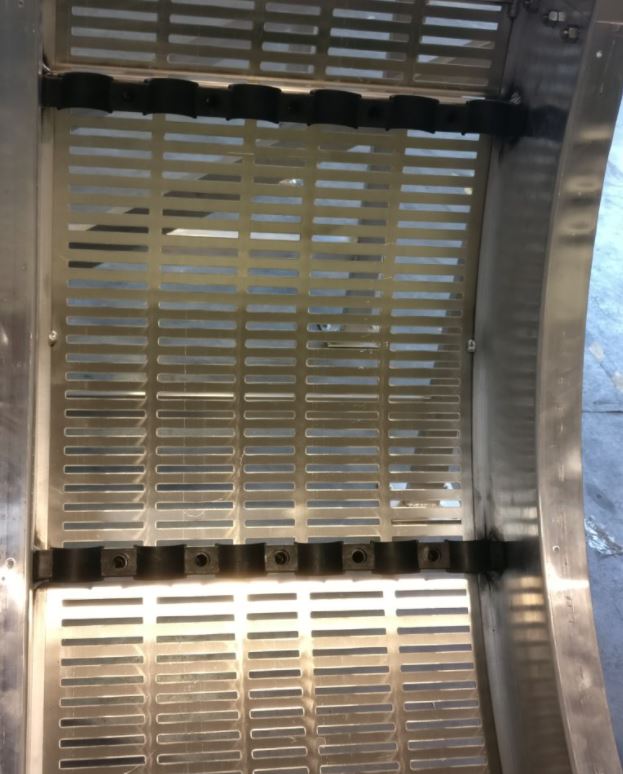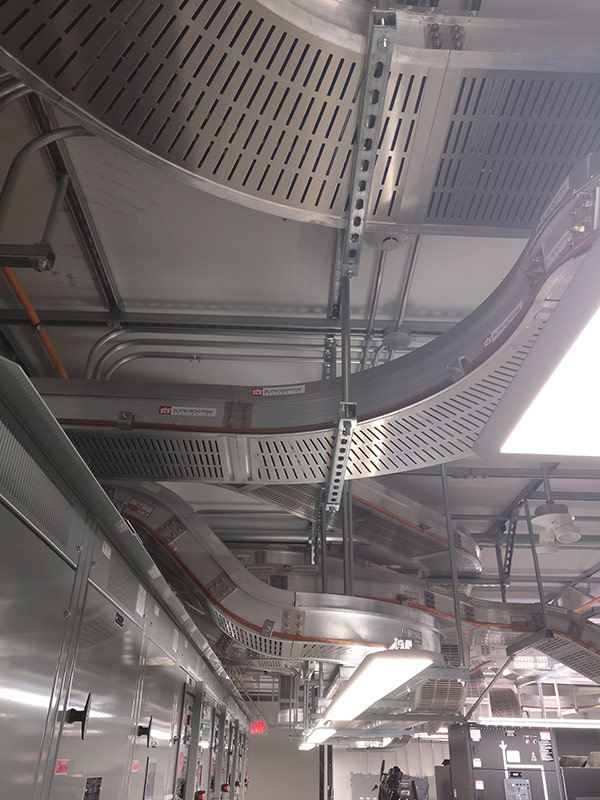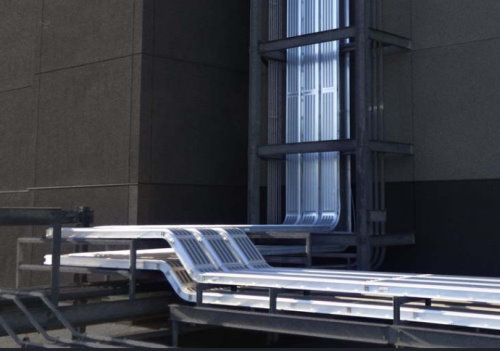
A network topology refers to the geometric representation of how different nodes and devices are physically or logically interconnected to each other in a computer network. Physical topology is the configuration of computers, cables, and other peripherals while logical topology refers to the method used to pass information from one workstation to another.
Learn More About Our Company:
ABOUT US | OUR PRODUCTS | CONTACT US
What Is Bus Topology?
A bus topology is made up of the main cable that has a terminator at the end. This type of network topology makes it easier to connect a computer and its peripherals to a linear bus. This article discusses some of the reasons why a bus topology requires terminators in its structural framework.
Bus topology, often called line topology, is a type of network topology in which each device is connected to the network by a single coaxial or RJ-45 network wire. The bus, backbone, or trunk is the single cable that serves as the conduit for all data transmission between devices.
Two different bus topologies:
Linear bus topology – A single cable with two termination points connects each device.
Distributed bus topology – A single cable that connects all of the devices splits into many portions and has more than two end points.
How Does A Bus Topology Work?
A bus topology has a single cable with a terminator at the end. The single cable connects the available nodes to the computer network. Although there is no limit to how many nodes can be connected to the network, they significantly determine the performance. One of the nodes in a bus topology operates like a server that allows data to be transferred from one end to another. After the data has arrived successfully at the endpoint, it is eliminated from the line by the terminator.
There is the main cable in the network topology that acts as the backbone for the whole network. The address of the destination is verified once the data reaches every node to determine if it is equal to the sender’s address. If the destination address does not match the sender address, the node will not work further. However, if it is successfully matched, the data will be processed and then terminated. The backbone cable in bus topology mainly depends on the network card used at every computer.
This card’s connection can be done either through a network cable or through a coaxial cable. Many computers that transmit data put the network topology under heavy use. This might lead to several collisions that cause a deterioration in the overall performance of the network. The devices on the network can always detect if they are all transmitting data at the same time so that they can terminate the process and try later.
We review What is Relay and Busbar in this article.
The Ultimate Purpose of a Terminator in a Bus Topology
A terminator is one kind of device in a bus topology that is used to connect one end of a bus or cable to absorb signals. Signal reflection can be avoided when a terminator is used at the end of the main cable as it often causes interference that leads to loss of signal. If there were no terminators at the end of the main cable of bus topology, the packets or signal would be kept in a continuous loop, bouncing back and forth. This hogs the cable, preventing other components from sending signals. A terminator will eliminate this problem by absorbing the signal once every component in the network has seen it once. When this happens, it allows other components to send their signals on the main cable because the path is clear for another transmission.
With a terminator in place, the signal received from the sender address will be validated and then cleaned up to allow for the next transmission. Reflections are not required in bus systems because they destroy the integrity of the signal being sent from one end to another. Even low speeds on long lines or cables can turn out to be problematic. Not only is a terminator required for bus topology but is also a necessity for all long transmission lines.
Types of Terminators
Some of the terminators that can be used to prevent signals from bouncing back and forth include coaxial cabling terminators, free connectors, and small computer system interface terminators (SCSI). The coaxial cabling terminators are passive terminators that are available in different sizes and use the BNC threading to terminate a signal. SCSI terminators can be active, passive, differential, or forced-perfect. Forced-perfect terminators are used to compensating for the impedance difference along the SCSI bus length. Diagnostic terminators are ideal for high-availability uses such as clustering. Free connectors are located at the ends of a series of stackable hubs and are specific to the hub type sold by the vendor.
Most communication systems such as computer buses and networks require a terminator at the end of the data path. The types of terminators used in bus topology ensure that the signal sent from the sender’s address is properly validated and terminated to allow more data transmissions along the main cable in the network. This prevents signals from bouncing back and forth thus ensuring smooth data transmission between devices within the system network.



